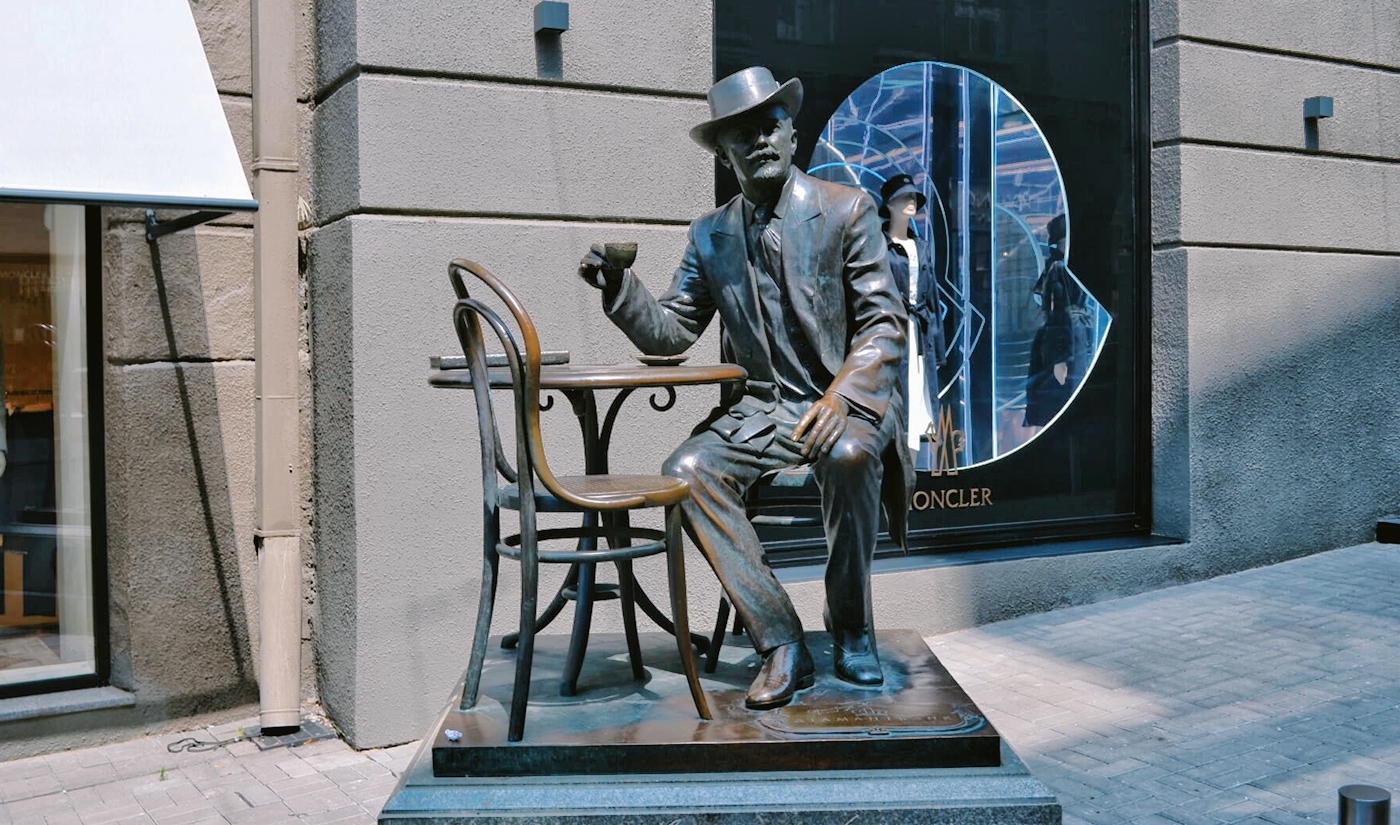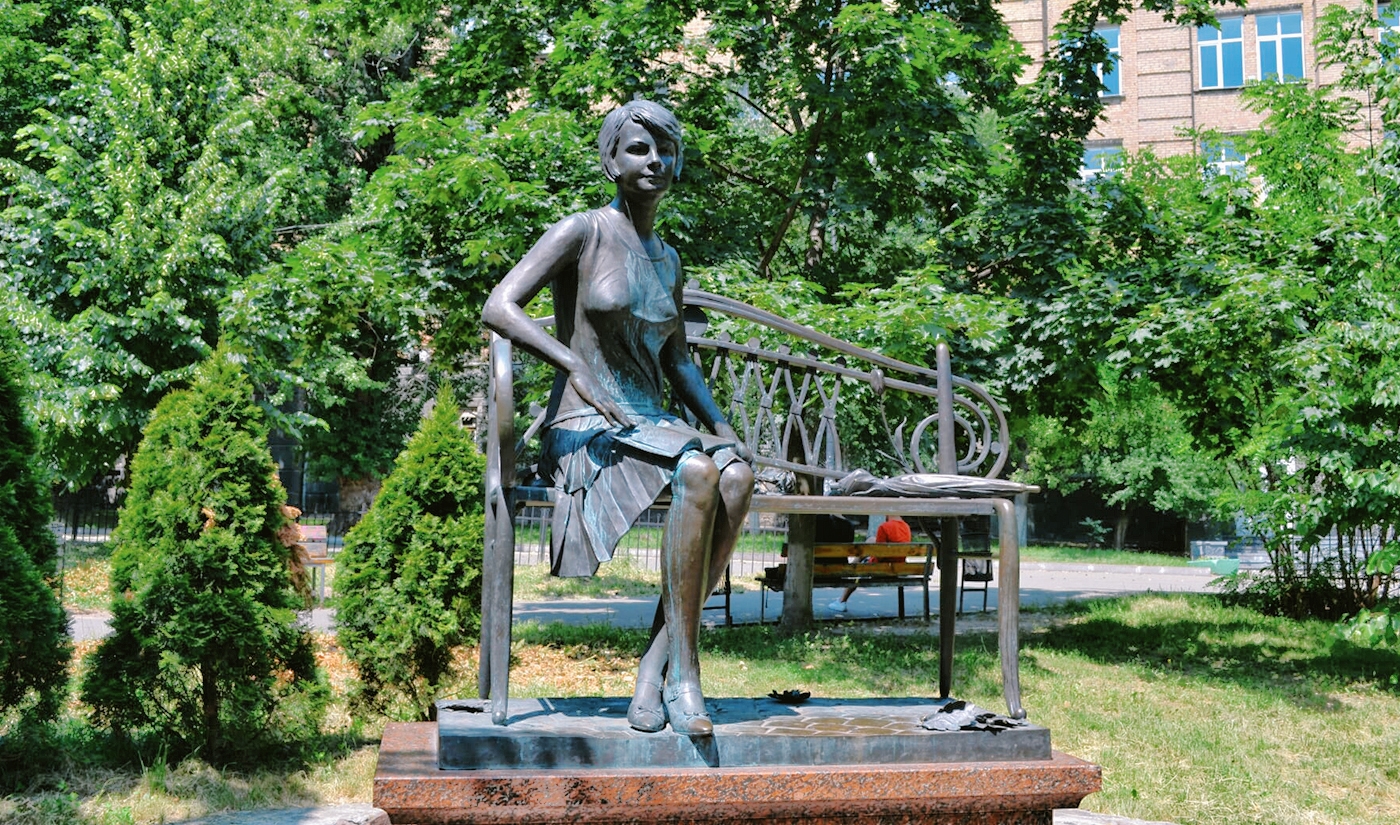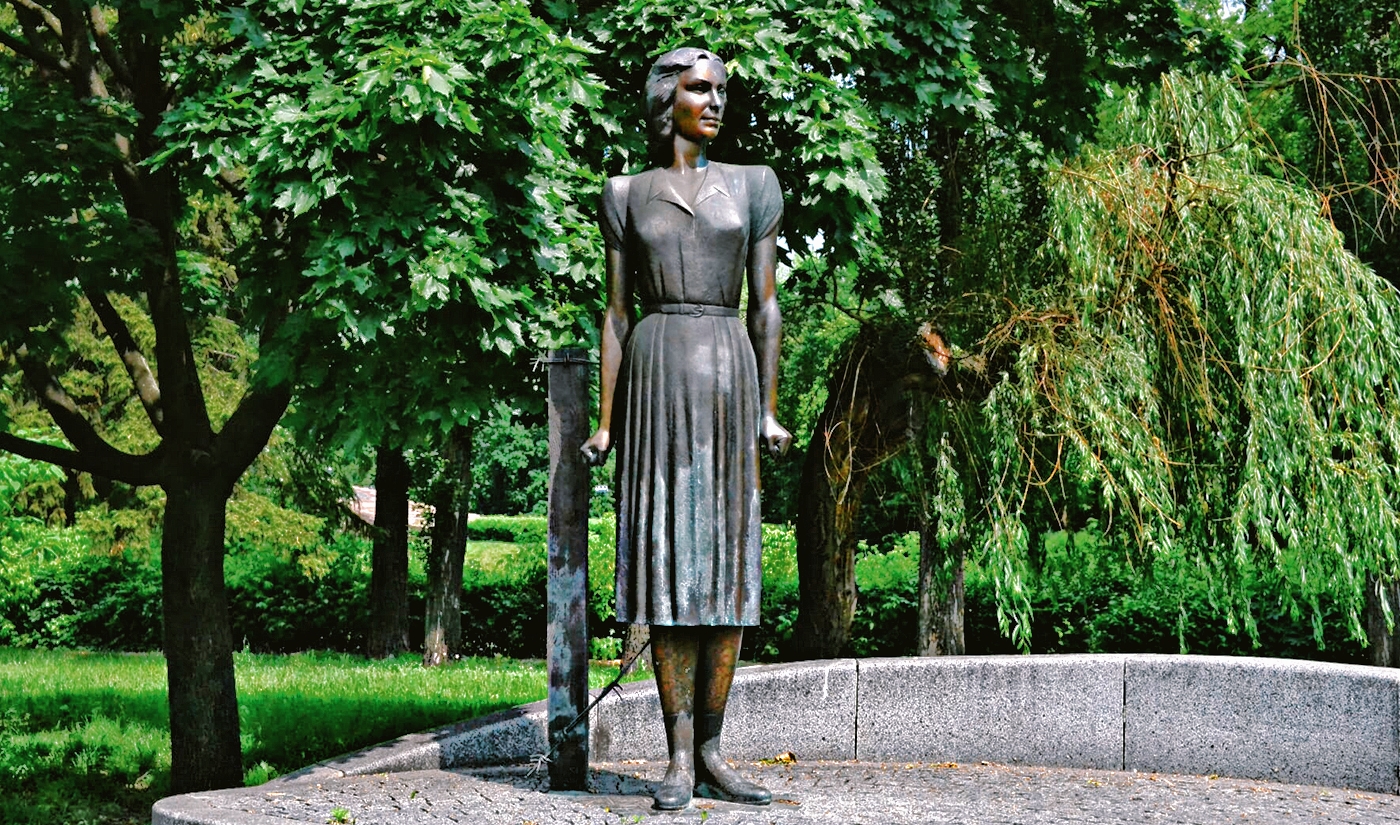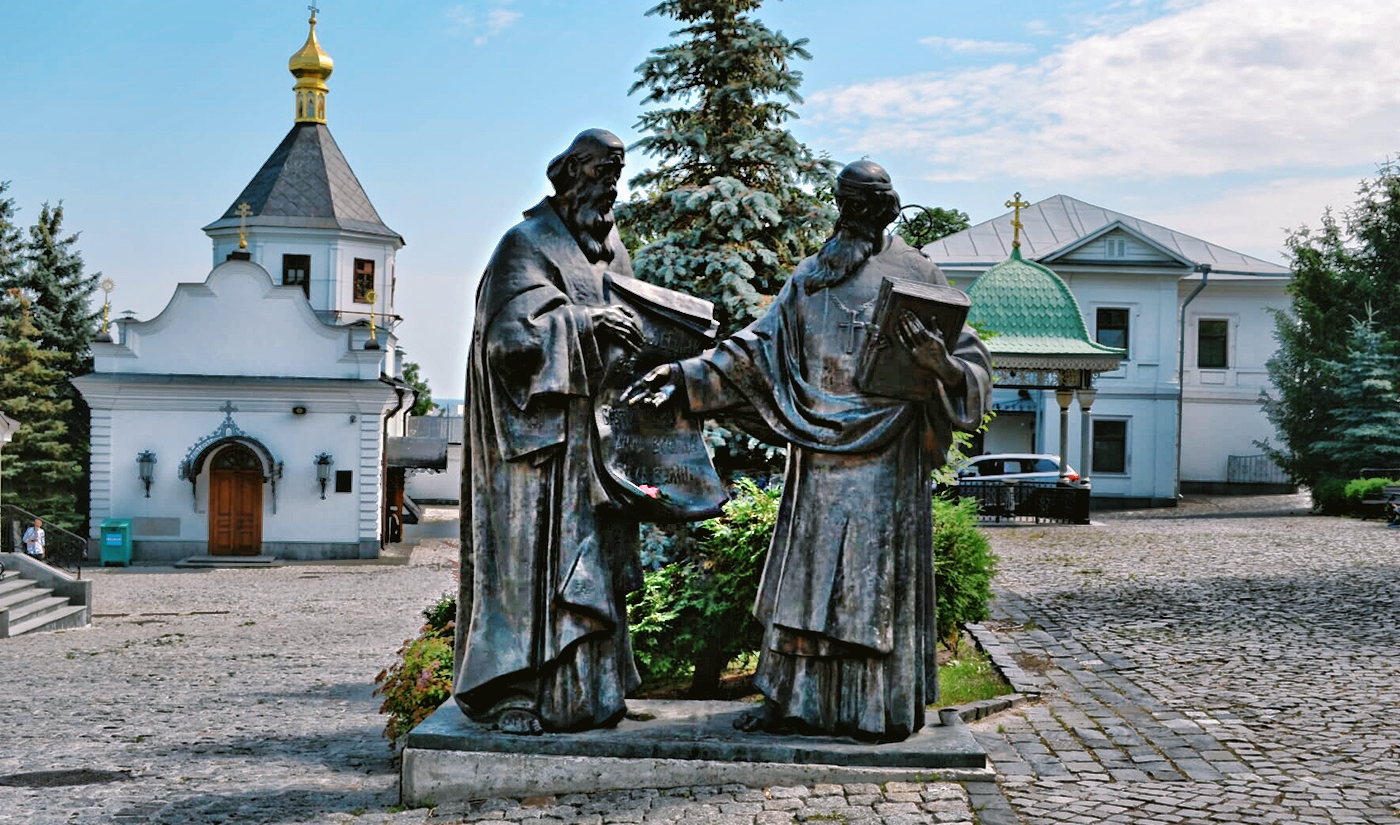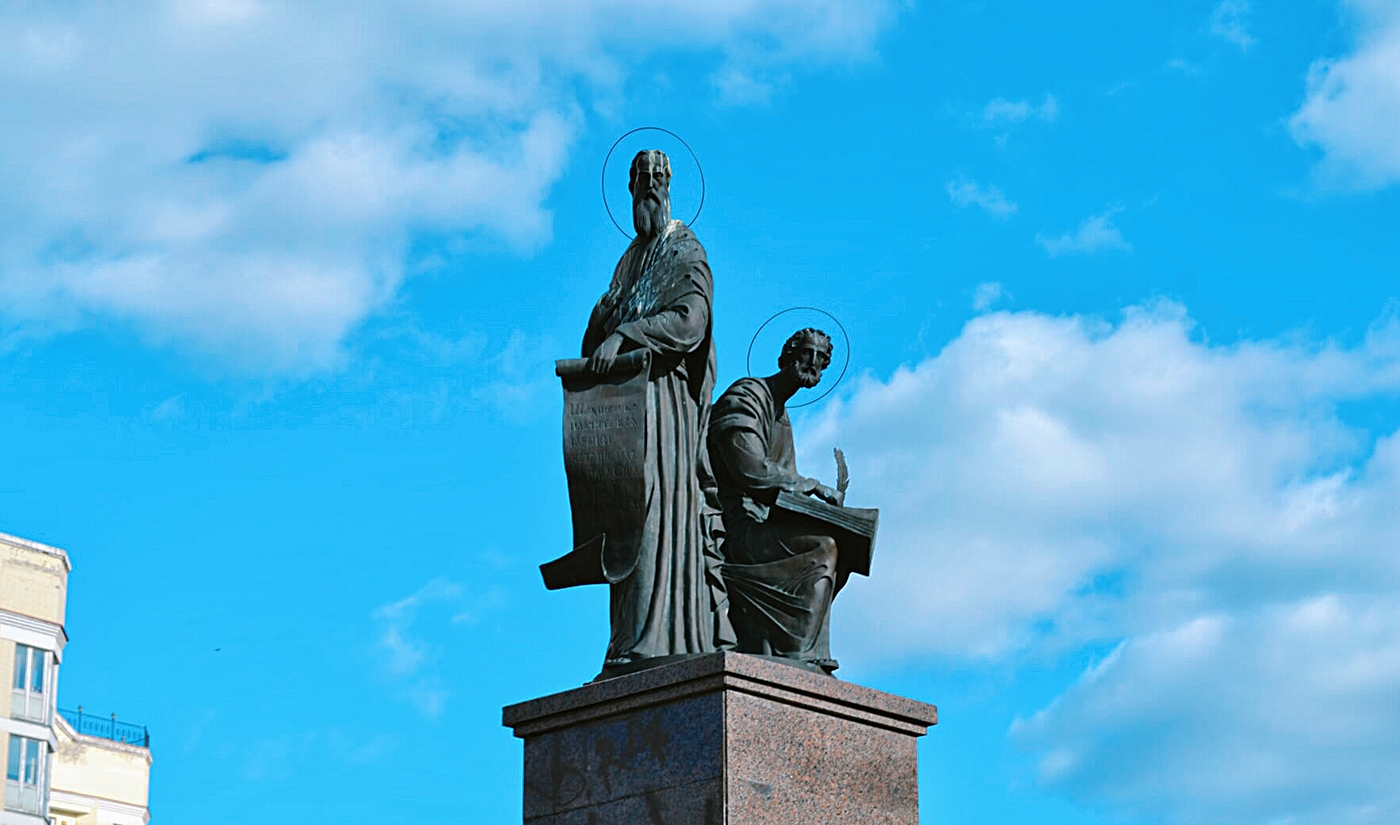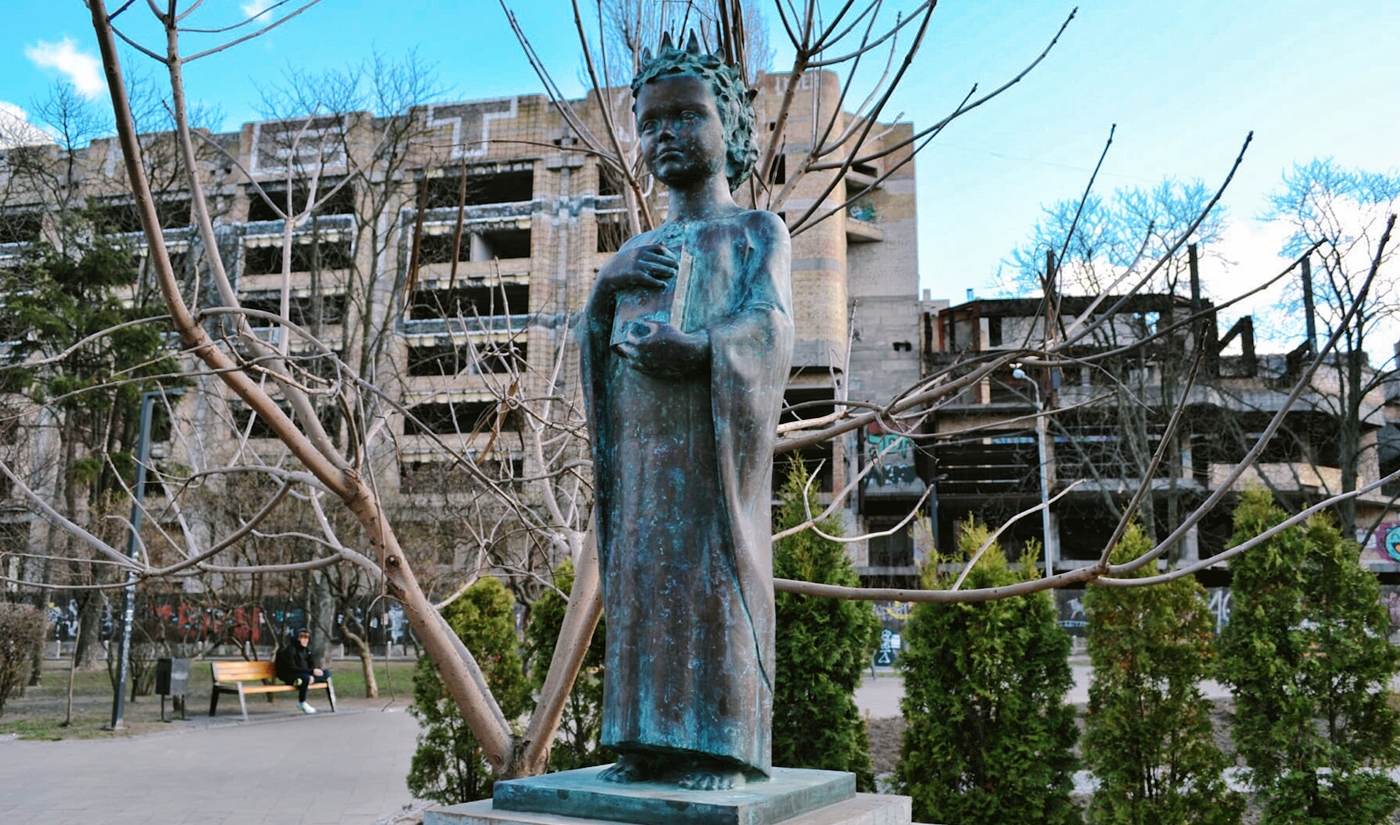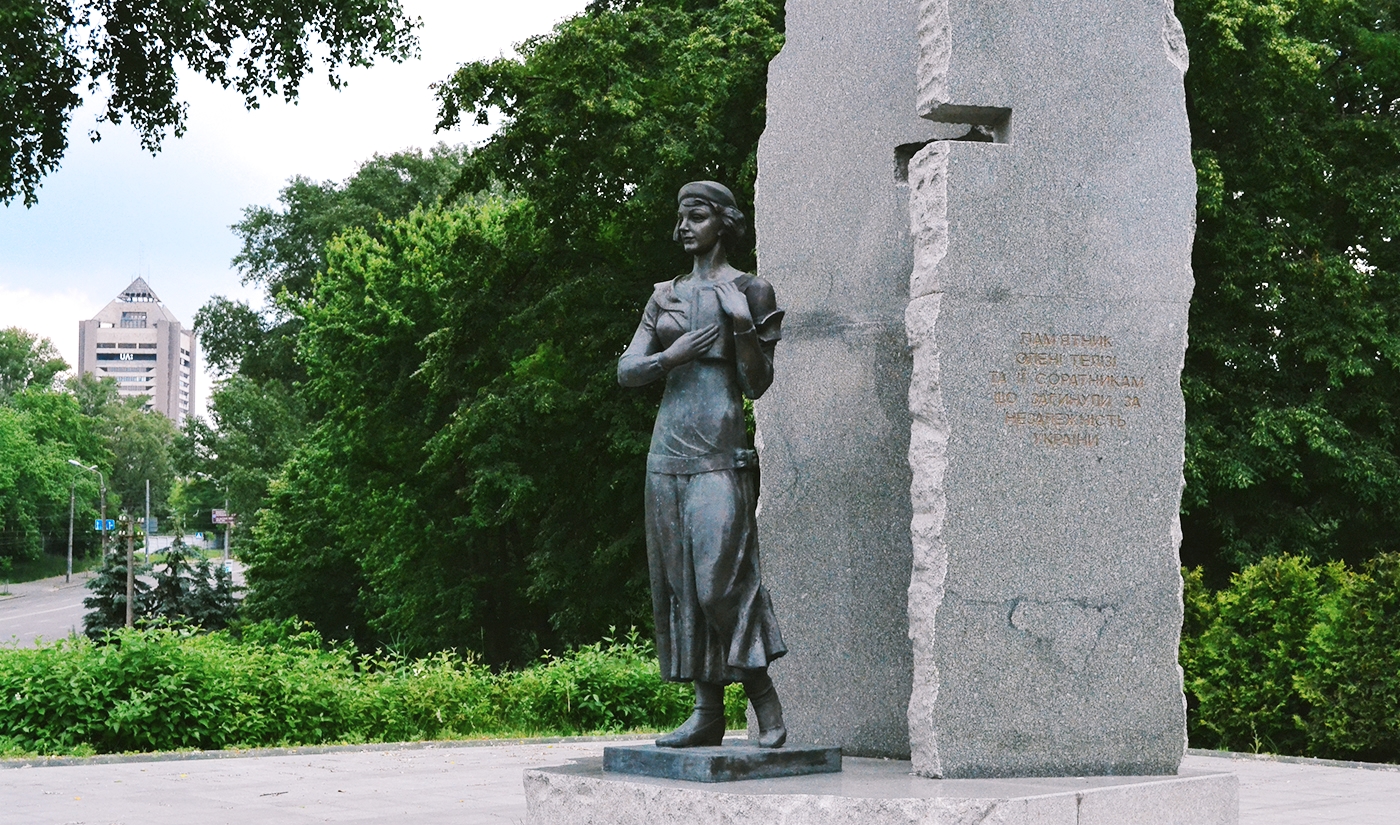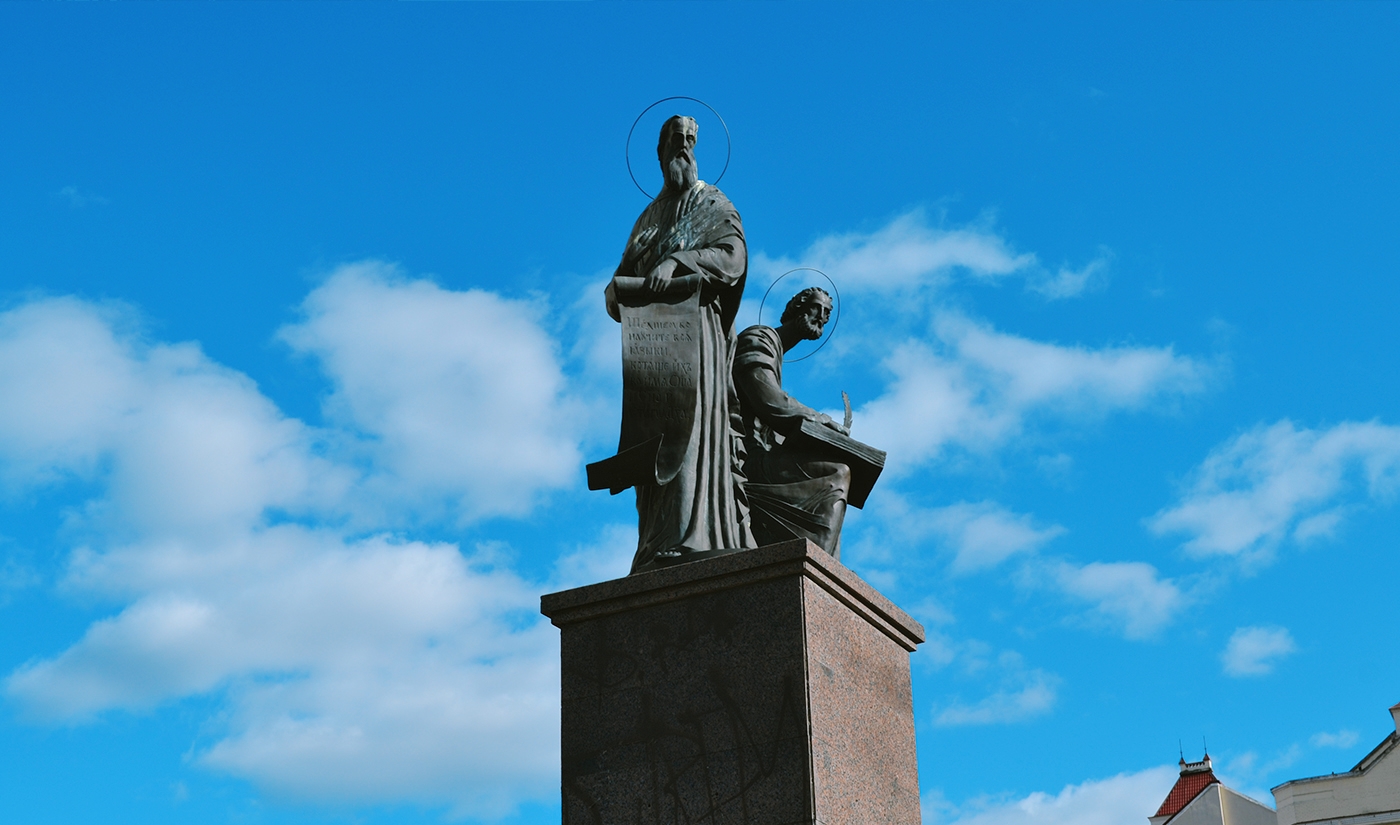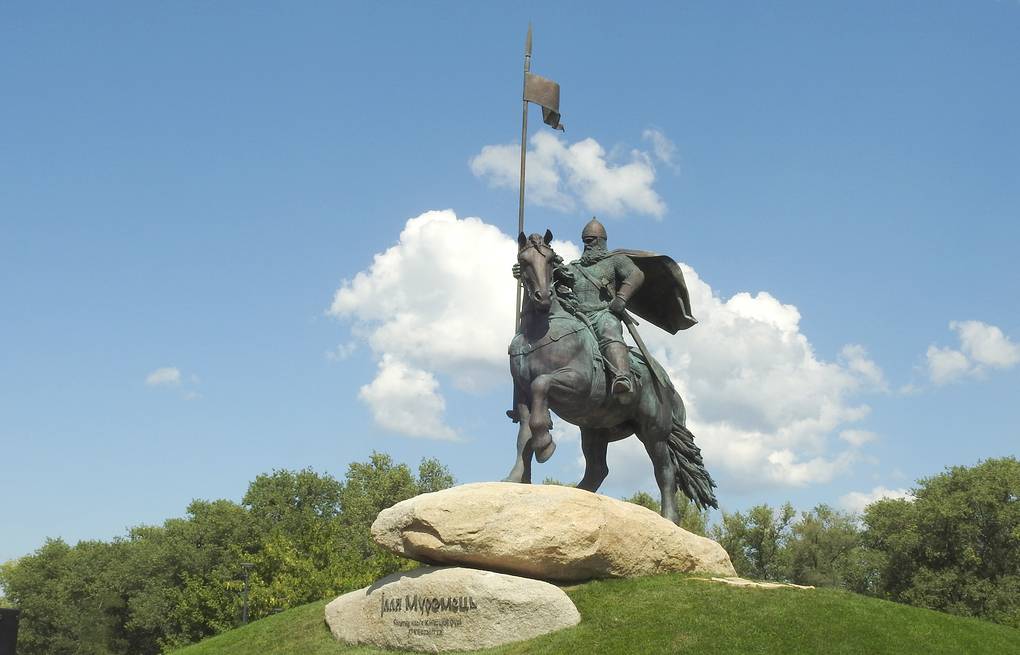
About company
“SAYAMAT” company was established in 1992 year, in Vishneviy city, Kiev region, Ukraine. During those times, the moulding on the models was one of the company objectives, later became the main objective. Work of master is very capacious and extraordinarily organic process, because it is difficult creative work – to incarnate the project of artist-sculptor in metal. There are few methods of casting: casting on plaster molds in earth, vacuum casting and other.
For a basis we took a way of exact casting on the models because it gives the chance to transfer the plan of the author-artist as much precisely as possible and reflects the maximum accuracy of a model. This process of casting is carried out with use of new, modern auxiliary facilities, materials, devices. And this, in its turn, allows to mechanize the process of casting, to provide fast replacement of products line and, hence, allows to perform both the big figures and tiny works.
Our works
Feedback from our customers
Copper and Bronze
A copper is a soft metal, it can be forged by a hobbing, the thinnest foil can be created from copper, several times thinner than cigarette-paper. The most ancient copper founding, done by a man is an axe which is almost 6000 years old. A copper was the symbol of all metals for a long time, even the word “copper” came from an old Russian word “smida”, which was a name for any metal.
Plasticity of copper, its exceptional properties (for example, complete absence of magnetic properties) became a reason for the special perception of copper by people. Even in ancient times man noticed that pain subsides from the touch of copper objects, and a tumour falls. It was believed for the people of East that copper not only stops illnesses, but also assists the concentration of ideas.
Bronze. Bronzes called copper alloys in which basic alloying elements is tin, aluminium, manganese, silicon, beryllium, iron and other. The name of bronze is given corresponding to the basic alloying component. Bronzes divided by two basic groups: tin bronze, in which tin prevails as main alloying component, and tinless (special) bronze, not stanniferous, without tin as alloying component.
Our firm took a siliceous bronze for the basis, because a siliceous bronze possesses good fluidity, well welds with a bronze, steel and other alloys, possesses high durability.
A bronze is not subject to corrosion, in this sense it is eternal (for example, “life-span” of ironworks – near 50-55 years). As a consequence of air humidity a bluish-green raid appears on the surface of bronze, which is called “patina”. It acts as clothes, protecting bronzes from further changes.
Day of melting is long-awaited, but difficult: who will reign and who will subordinate – elements of fire and the molten metal or the master and its helpers? Really, it is possible to compare that keen, mighty action, those feelings which can be outlived, watching this yellow-red-green transparent fiery waterfalls of the molten bronze, more fluid than water, when metal escapes from the oven and easily flows into the moulding box!



